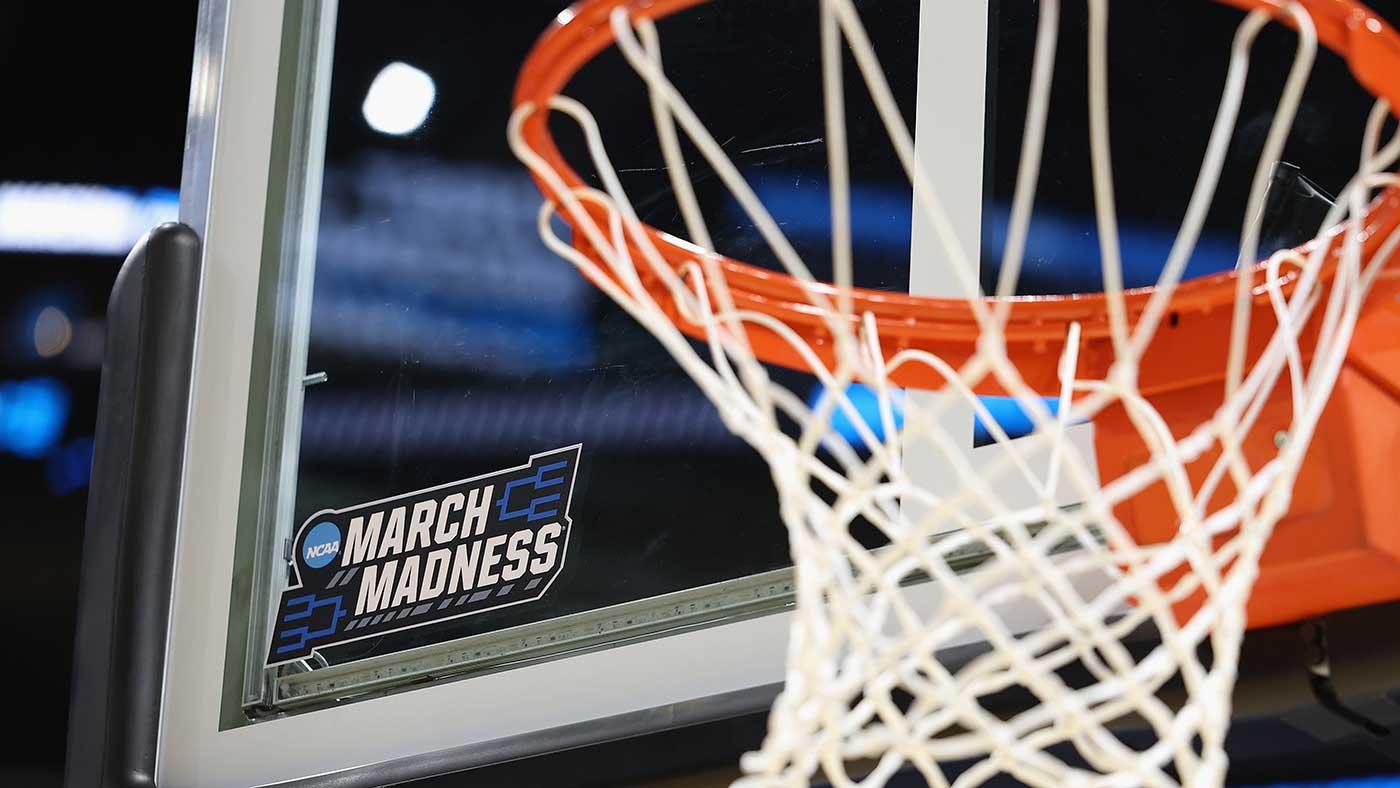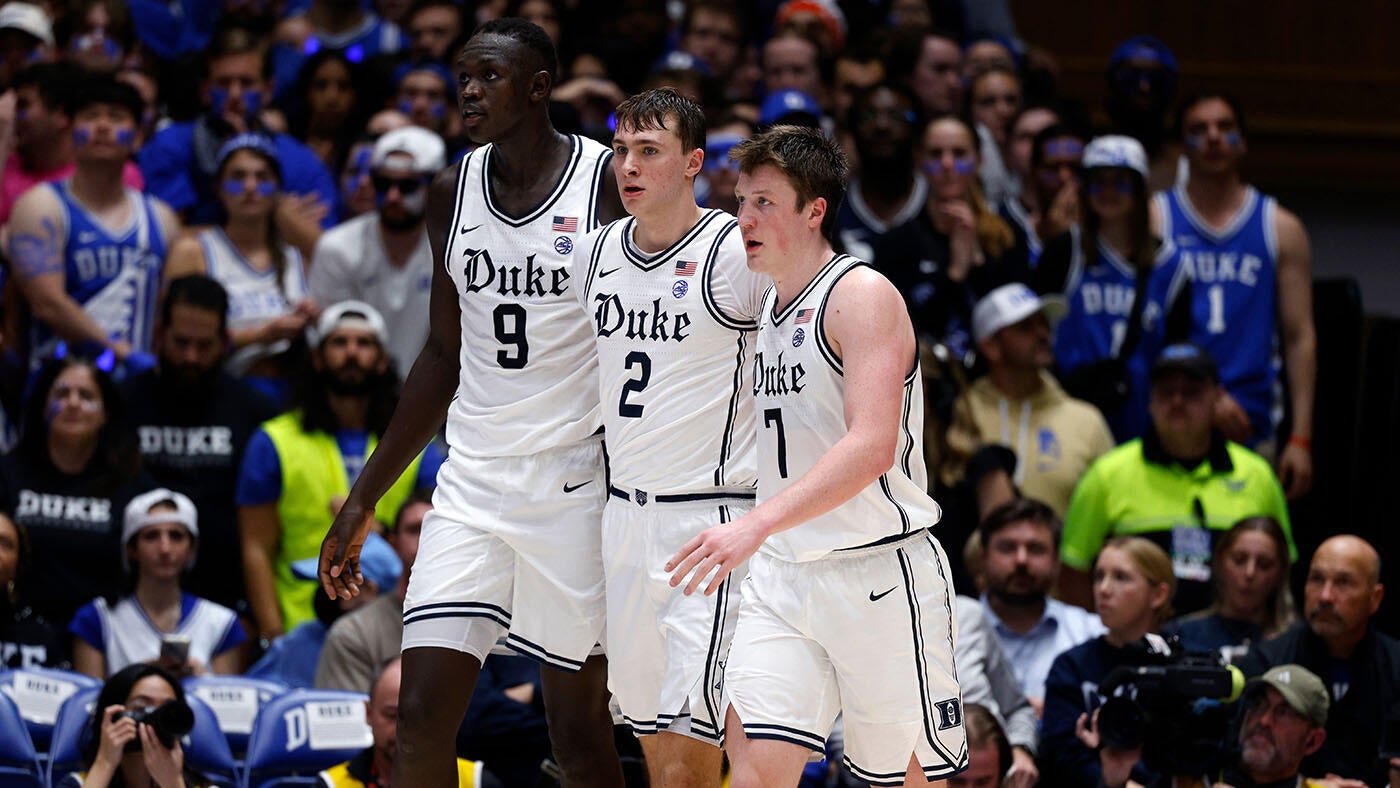Anyone who witnessed college basketball in the '70s and '80s knows the manic hysteria the sport can achieve. There was nothing like those sweaty gyms in the final minutes, with students screaming and coaches hollering and teams racing up and down the court, every made basket ripping a hole in your eardrums.
No college sport — not football, baseball, swimming, lacrosse, or track and field — ever came close to the closing minutes of a tight hoops contest, the back and forth, the double-teams, the full-court presses, the squeezed shots and muscled rebounds. There was hysterical rhythm to it all, like a hard-bop jazz quartet in furious motion.
But that was a long time ago. Sunday, Michigan State will play Auburn for the right to go the Final Four for NCAA Division I men. It won’t be in a sweaty gym. It will be in the State Farm Arena in Atlanta, with a capacity of 17,000. The Final Four will be staged in the Alamodome in San Antonio, which holds an intimate 63,000.
Worst of all, no matter how good the game is, there won’t be any frenetic final minutes.
That’s because March Madness is now dominated by a force more powerful than 100 Bill Waltons, Mike Krzyzewskis or Grant Hills.
The timeout.
It all adds up
It is maddening. Frustrating. It makes you want to rip your ears off. Every time a team gets going down the stretch, the game stops. Whenever the climax begins to rev up, a whistle blows.
That’s because each team in the NCAA tournament is given four timeouts per game, and the sport itself, thanks to TV demands, takes eight mandatory timeouts per regulation time, one after the 16-, the 12-, the 8- and the 4-minute mark of each half.
Are you adding this up? That’s a total of 16 timeouts, not to mention all the fouling that happens near the end of games which brings the action to a screeching halt.
The final five minutes of a March Madness game can take 20 minutes to ...







